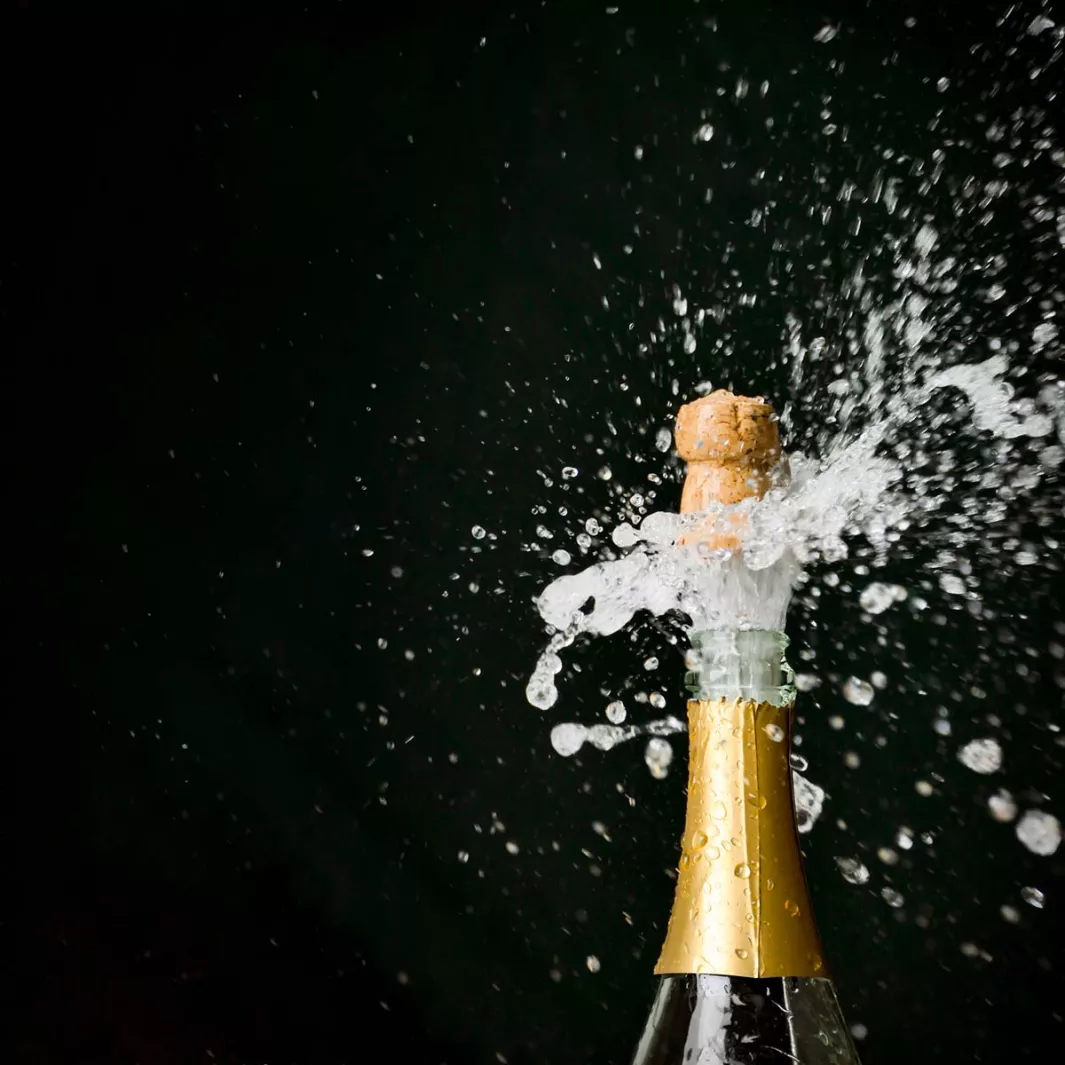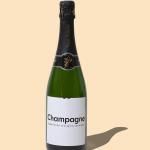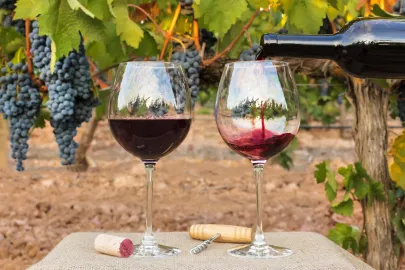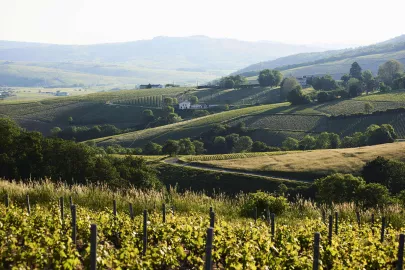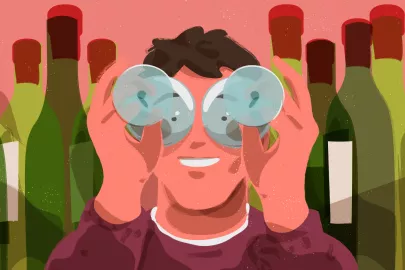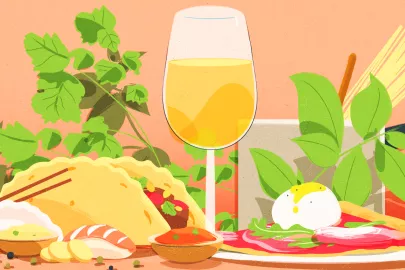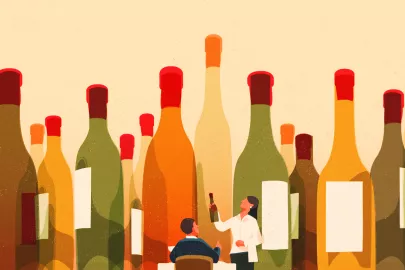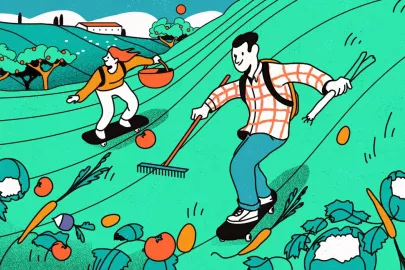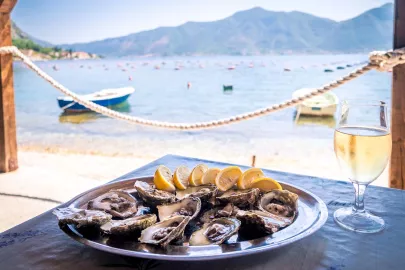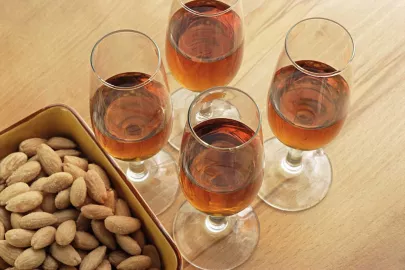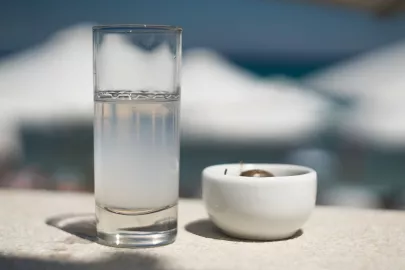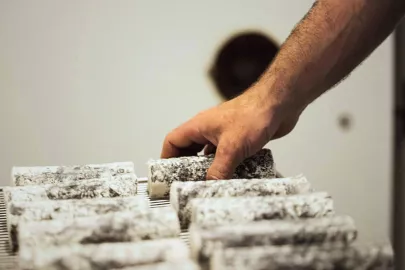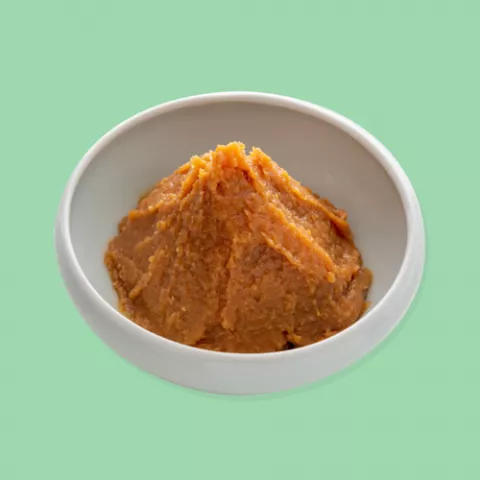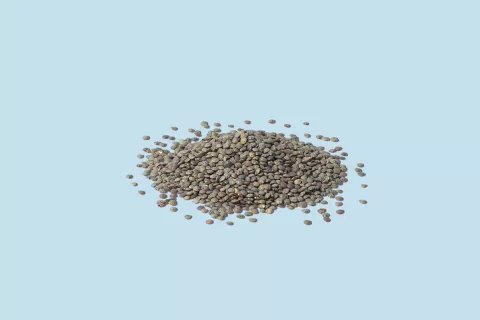In the cellar: the full scoop
A blend of grape varieties or even wines from different years, a second fermentation, dosage… the basic process for making champagne is more complex than that of so-called “still” wines; that is, wines without bubbles. So much so, in fact, that many Champagne houses and co-operatives have long favored cellar work over vine work, being of the opinion that grape quality is something that can be “corrected” in the cellar. It was all going so well. The remarkable economic success of the world’s most famous sparkling wine was essentially taken for granted. Those were the days when Champagne ran on conventional viticulture techniques.
The organic era
But that was until the organic revolution. In the early 2000s, virtuous methods taking account of environment, plants and grapes were being developed at high speed. The movement spread rapidly throughout the Alsace, Languedoc, Rhône and even Loire regions. But not in Champagne. At least, not until the past ten years… Now, under the impetus of a host of “small” growers, the game is changing. Their basic idea? To subscribe to this organic philosophy, and so cultivate the land in a way that produces beautiful, healthy grapes that express the identity of their terroirs.
In the Marne valley, on the Montagne de Reims, in the famous Côte des Blancs… and perhaps even more so in the Aube region, a profound revolution is under way.
An alternative vision
In the vines, these growers encourage microbes to grow in the soil and vines to put down deep roots; after all, terroir is not something that is evident at surface level. To ensure the champagne remains faithful to the character of the harvest, they have also –logically– adjusted their methods in the cellar, in pursuit of a single obsession: To produce wine that remains as close to the grape as possible, allowing the terroir to fully express itself. How? Mainly through a drastic reduction in dosage.
This operation follows disgorging – which results in the loss of some wine from the bottle – and involves topping up with a liquor of varying sweetness. The “new” wine growers take a rather different approach. Keen to avoid adulterating grape or terroir, they greatly reduce – or even entirely dispense with – this sugar dosage. Hence the appearance of a host of wines bearing the descriptions “Zero dosage”, “Brut nature”, “Non dosé” and “Extra brut”.
Today, their freshness, balance and well-defined terroir are starting to turn the heads of wine merchants and sommeliers at the world’s most prestigious restaurants. Quite the fairytale…
Taste France Magazine’s selection of terroir champagnes
At his estate in Bouzy, on the Montagne de Reims, Benoît Lahaye cultivates his vineyard organically and biodynamically. So what’s the common thread running through his earthy, harmonious wines? Energy to spare, a mineral base associated with the chalky soil of their birth, and fine bubbles. A blend of Pinot Noir and Chardonnay, Violaine is a perfect example of this lineage.
Champagne Ruppert-Leroy - Martin Fontaine
The Aube-based Ruppert-Leroy family subscribes fully to the biodynamic philosophy, producing a series of wines which each correspond to a parcel of land. Martin Fontaine has the directness of a non-dosed champagne, offering a stunningly faithful expression of terroir and grape. The aromatic element is characterized by subtle citrus and floral notes. In the mouth, the wine offers a vigorous, elegant opening, progressing towards a long yet equally dynamic finish.
Champagne Bourgeois-Diaz - BD’3C
In this relatively unsung part of the Marne valley, Jérôme Bourgeois has hit the mark with this blend of the three great Champagne varieties (Pinot Noir, Pinot Meunier and Chardonnay) from the estate’s various terroirs: clay, limestone-clay, and sandier soil. Their calling card? Their habit of persuading the drinker to keep coming back for one more glass of a wine that is fairly complex by nature, but direct, indulgent and mouth-watering.
Champagne Larmandier-Bernier - Terre de Vertus
Vine work of exemplary rigor, precise and unadorned vinification; Sophie and Pierre Larmandier run one of the most interesting domaines in the Côte des Blancs. Terre de Vertus is one of the maison’s great classics: Born on a mid-slope terroir whose signature note is its salinity and balance, yet with great directness and considerable subtlety. A delight!
Contributor

Editor

